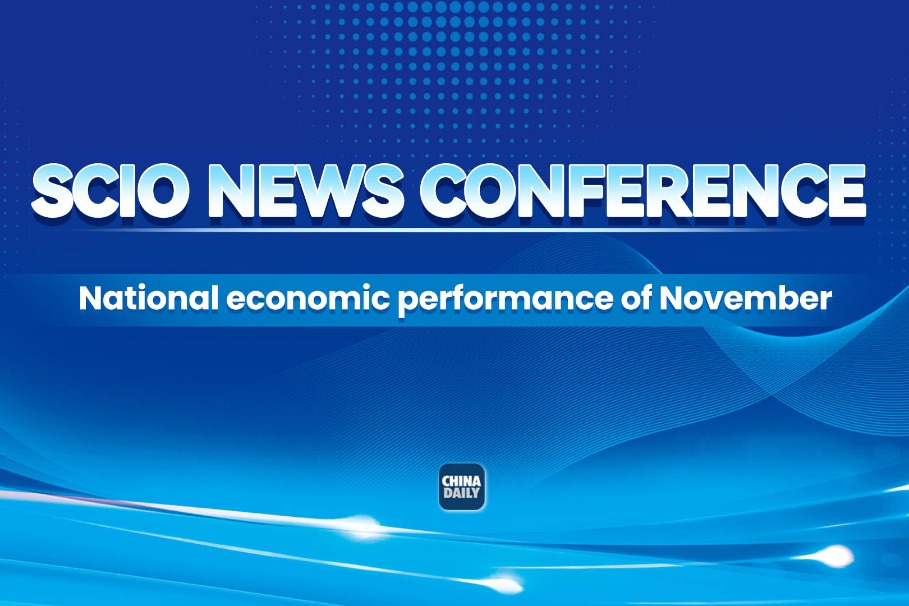From Forbidden City to people's museum, Palace Museum witnesses changing China
Xinhua | Updated: 2019-05-24 10:43

Open to the public
"All buildings in Beijing, official and private, were low, except for the Forbidden City guarded by high walls and a wide moat," said Li Wenru, former vice curator of the Palace Museum, depicting the old imperial capital. "From outside the walls with a glimpse of the golden roof, ordinary people could only imagine what it looked like inside."
The public had their first view of the interior of the palaces in 1925 when the Palace Museum was established.
The following years saw the museum struggling through tight budgets, political controversy and war threats. During the war against Japanese invasion, it was forced to send away and hide a large number of collections.
In the spring of 1949, a critical moment made history at the Palace Museum. With the city of Beijing, then called Beiping, liberated peacefully, it was taken over by the People's Liberation Army without a scratch, a few months before Chairman Mao Zedong announced the founding of the People's Republic of China on the Tian'anmen Rostrum.
"In the past seven decades, China has developed into a modern nation with a strong sense of mission," said Wu Shizhou, a historian and professor with the graduate school of the Chinese Academy of Social Sciences. "It was in these years that the Palace Museum finally grew out of hardship and unrest and entered a new stage."

With continuous support from the government, the Palace Museum has upgraded storage, conducted thorough examinations of its collections and launched large-scale restorations of ancient buildings, with conservation institutions established and research advancing.
In the past few years, the museum has expanded the existing exhibition space and built new facilities so that more of its 1.86 million collections could be seen by visitors.
"The museum has tried to stay relevant to contemporary visitors in every detail," said Ren Wanping, vice curator of the museum.
Exhibitions are carefully organized to attract and resonate with the general public, instead of being too academic. Rarely used old characters are avoided in text introductions, while free audio guides and multimedia adopted to improve the visitor experience.
The public now has access to 80 percent of the total area of the museum and it will increase to 85 percent in 2025.
Zhang Jianhua, a 56-year-old retired Beijing resident and amateur photographer, paid 10 visits to the Palace Museum last year.
"I might visit more this year," she said. "The palaces and halls are in better shape than years ago and look prettier in pictures."
More chairs to rest in and places to eat within the walls also made her trips more comfortable. "Now I can spend the whole day inside, carrying only my camera and lenses," she said.
"The museum upholds the people-first concept," Ren said, referring to a number of new service facilities installed in recent years, such as cafes, bookshops, souvenir shops, bigger toilets and baby care rooms.























